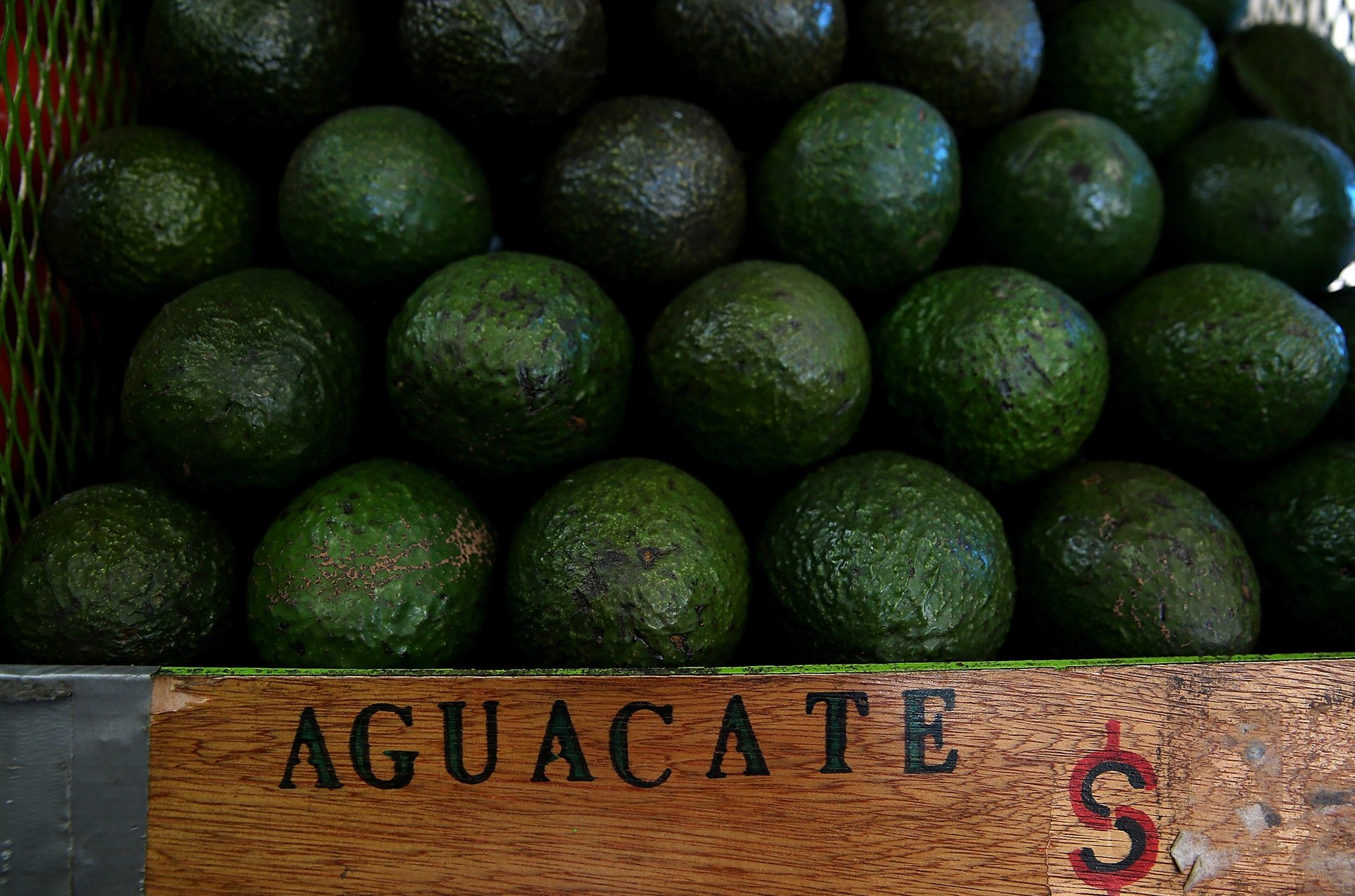The US is buying up nearly all of Mexico's avocado exports
The US now buys 86% of the avocados that Mexico exports, contributing to a host of environmental issues

The US is a major importer of Mexico’s avocados, among many other foods. As farms in the US become increasingly strained, particularly due to drought in California, that dependence on Mexico is only increasing. In 2003, the US bought just 30% of Mexico’s avocado exports. But by 2022, that figure had risen to 86%, according to data from the International Trade Center (ITC). The amount surpasses the previous all-time high of 80% in 2014.
Suggested Reading
Mexico accounts for almost half of the world’s avocado exports at 47.5%, which were valued at $3.49 billion in 2022. Of those sales, almost $3 billion worth of avocados were sold to the US.
Related Content
Demand for a healthy food strained by climate change
Avocados are popular because they’re delicious, but also because they’re healthy—they contain unsaturated fats and fiber that help reduce cholesterol. More than 95% of the avocados imported to the US are Hass avocados. The market for that variety of avocado is projected to grow by 5.3% annually through 2027. Hass avocados have a higher oil percentage than other varieties of avocados, around 18% compared to 12%. This gives Hass avocados a creamier texture, making them ideal for the preparation of dishes like avocado toast and guacamole.
Although the demand for avocados is only projected to increase, production may prove more challenging, largely due to climate change. Wild avocado trees are native to Mexico, but with average temperatures rising amidst heat waves, established trees may produce less fruit. Mexican avocados like the Hass avocado are the most heat-resistant variety.
Growing avocados is also very water resource-intensive. Avocado farms in the Mexican state of Michoacán, which produces half of the world’s avocados, has a land production size equivalent to 196,000 football fields. The land produces 2.3 million tons of avocados valued at $7.6 million annually. Around 70 liters or around 18 gallons of water are required to produce one avocado. It is estimated that 11 billion pounds of avocados are consumed annually worldwide, using 9.5 billion liters (2.5 billion gallons) of fresh water. That means reservoirs may be further strained, as they are in Michoacán, and will not able to provide enough water for drinking and irrigation.